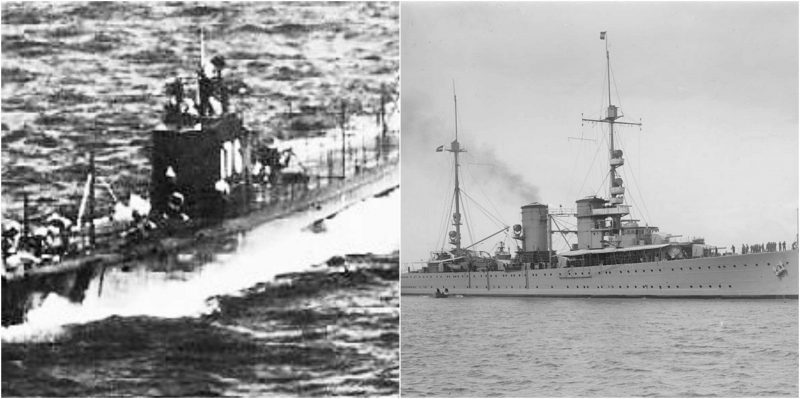Last November, an international diving team set out from Java in Indonesia to view the site of the Dutch warships that sank there during World War II. The team intended to place a plaque at the site to commemorate the 75th anniversary of the sinking. The ships, including that of the Allied Admiral, rest in their watery graves with British warships that had also been sunk by the Japanese during the Battle of Java Sea in March 1942.
Amateur divers located the ships in 2002, but when the team returned to the site last year to prepare for the anniversary, the ships were missing. All the divers found of the cruiser HNMLS De Ruyter, the cruiser HNLMS Java, and the destroyer HNLMS Kortenaer were tracks and sonar recordings showing the imprint of the ships on the sea bottom. Two British warships had also vanished, and upon further investigation, it seems the USS Perch was also illegally salvaged.
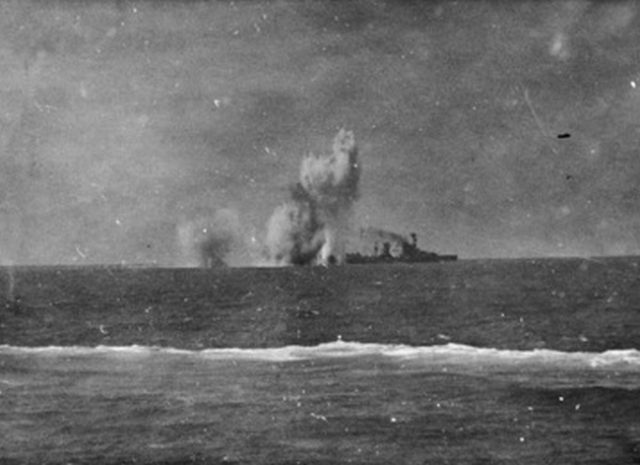
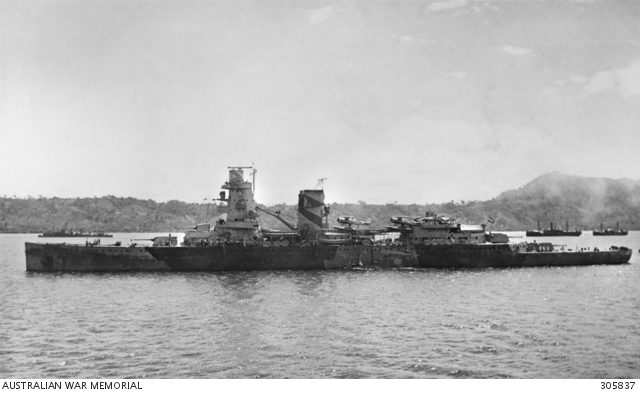

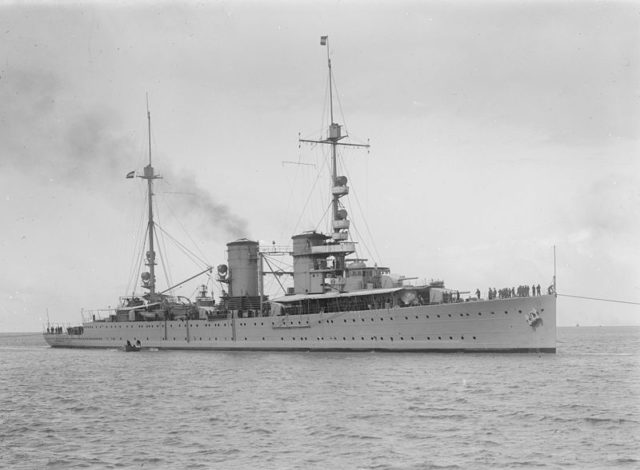
Many sailors were lost when the Japanese destroyed the fleet containing the British, Dutch, Australian, and US ships. It was the costliest battle for Allies on the sea, and the scene has always been considered a war grave site.
Looting of these wrecks has been taking place for years. In 2014, the US Navy discovered a systemic disturbance of the wreck of the USS Houston, with rivets and portholes removed. The old munitions had also been scattered, and some were missing. Scrap metal gathered from these wrecks can earn a significant amount of money for the looters. For example, a propeller from one of the larger ships is worth 40 thousand dollars.

Shipbreakers who work on retired ships nearby say compressors are necessary to get enough air to work at a depth of the wrecks, as well as an underwater electric weld and a crane on the salvage ship. The costs in getting an entire ship up from the ocean would, therefore, be enormous. Government officials from the countries involved are working with the Indonesian government in trying to obtain protection for the remaining ships. Scavengers, who pose as fishermen and use long rubber hoses to carry air to breathe, have been scouring the areas around Indonesia, Malaysia, and Singapore.
They start by stealing the aluminum, steel, and brass. The propellers are also one of the first items taken. The ships are the property of their homelands, and it is illegal for anything to be removed from the ships without permission. The Malaysian navy has arrested those they have found working near sunken warships, but it’s a continuing battle.
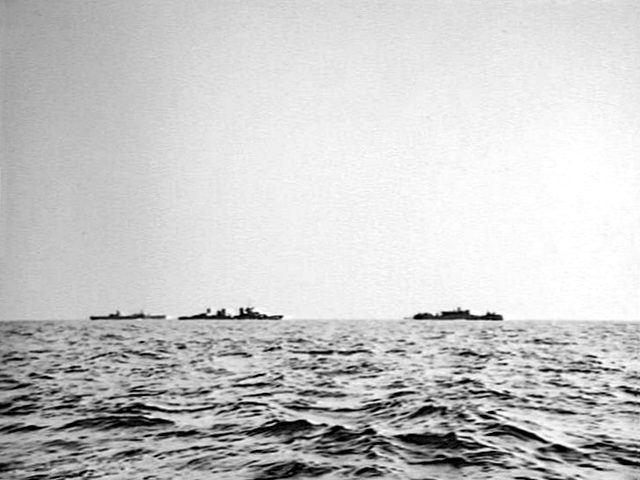
The news has devastated many veterans and survivors of these sunken warships; they consider the ships to be war graves and believe the site should be left in peace. The Dutch are the very upset over the theft and feel the desecration of these graves is a very serious offense. John Schwarz, whose father created the USS Houston Survivors’ Association, says the desecration of the warships is similar to going into a cemetery and digging up coffins and graves, Mail Online reported.
Read another story from us: The Ironclad Warships
There is a heavy criticism of the various governments involved that the wrecks were not better cared for. However, military shipwrecks span the world’s oceans and seas, and it would be extremely expensive to police all these sites. The Java Sea site, however, will now generate help from all the allied forces who lost their ships there; further investigations will continue into determining what else has been lost.
